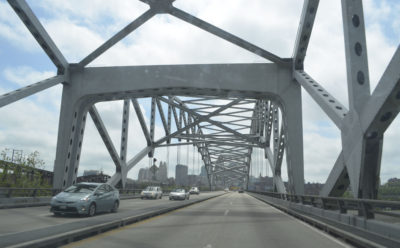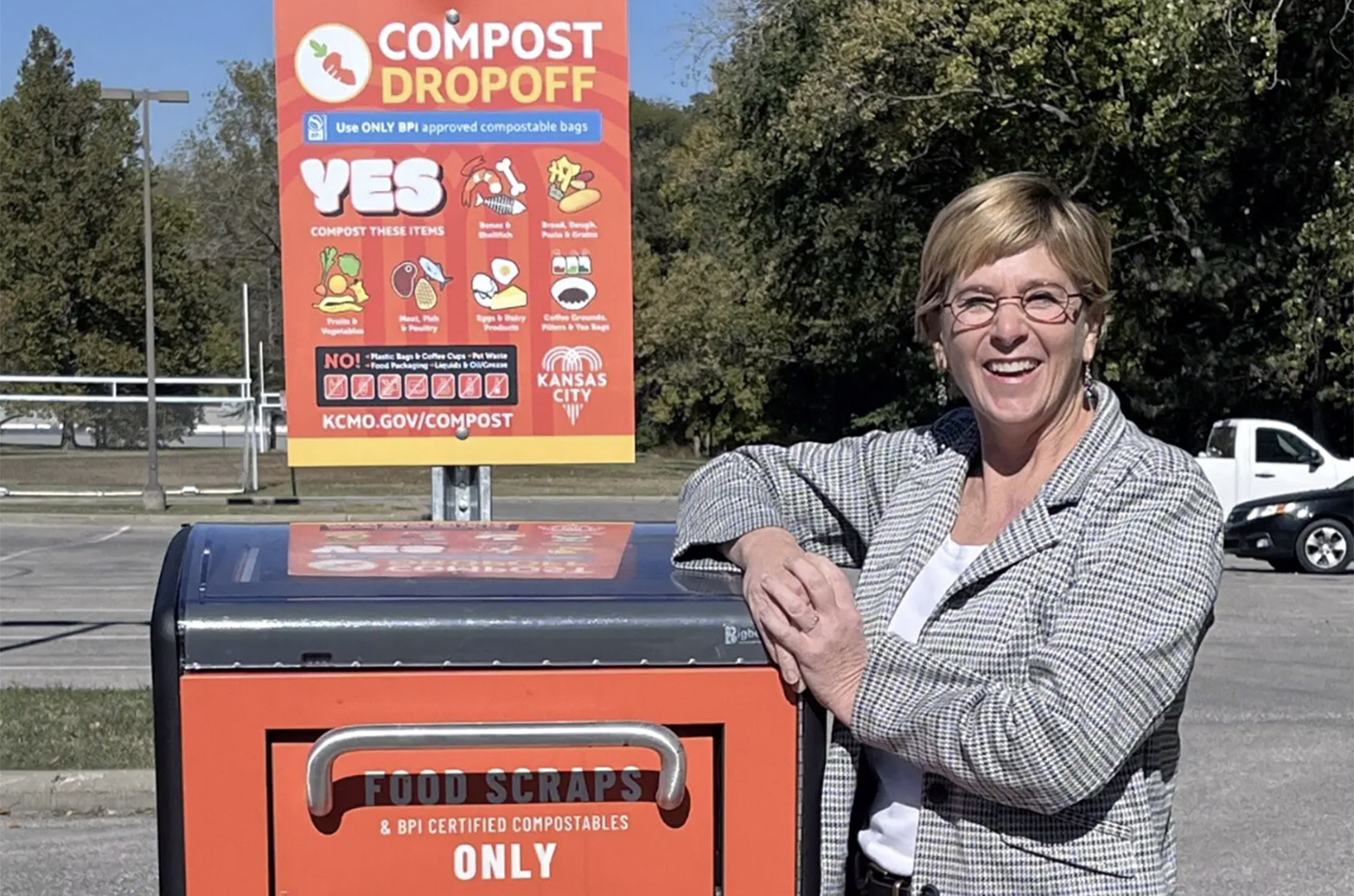Katrina E. Williams
Northeast News
Before heading to the polls, it is important to know what is on the ballot. On April 3, 2018 Kansas City Missouri voters will weigh a 20-year renewal of the one-cent capital improvements sales tax that supports the Public Improvements Advisory Committee (PIAC) process.
Question 1 proposes spreading the PIAC dollars to high-priority projects, like the replacement of the Buck O’Neil Bridge. Specifically, 40% is intended for continual improvements to infrastructure and public property.
That includes the Buck O’Neil Bridge, a major connector into downtown which carries an average of 44,000 vehicles a day. At present the bridge is in disrepair and often congested. Out of the funds generated from the one-cent sales tax renewal, the City plans to set aside $5 million annually to put towards the construction of a replacement span. The new bridge is expected to provide a 75-year solution.
In addition to the funds for the Buck O’Neil Bridge, the 40% outlay will be used for improving and maintaining other bridges, streets, curbs, sidewalks, parks, public buildings and flood control.
Another 35% of the money collected by this tax is earmarked for neighborhood conservation, maintenance and improvement, with those funds divided equally among council districts. Specific projects are then recommended by a committee of PIAC representatives for each district.
The final 25% of revenue from the tax would go to street repair and resurfacing, as well as the Complete Streets ordinance that was recently passed unanimously by the city council. This program designates the redesigning of public streets to allow for better accessibility to bikers and pedestrians, with the intent of making travel safer for those who do not have access to vehicles.
In 2007, PIAC sales the tax was voted on and passed for a duration of ten years. Conservative estimates show that extending the tax could yield up to $70 million per year over that two decade span, with the total tallying up to $1.6 billion.
Twenty years is a pretty strong commitment and understandably, some people have concerns over how this might limit their ability to have a say in how the money is spent. Conversely, the length of time also ensures a level of financial stability for needed improvement and maintenance projects.
It should also be noted that the PIAC program is citizen-driven, as residents are invited to submit requests for projects in their own neighborhoods. In the interest of accountability and transparency, the city’s open data page allows citizens to view all projects that have been funded by PIAC over the last decade.
For further information regarding Question 1, voters can visit http://kcmo.gov/vote/.




















